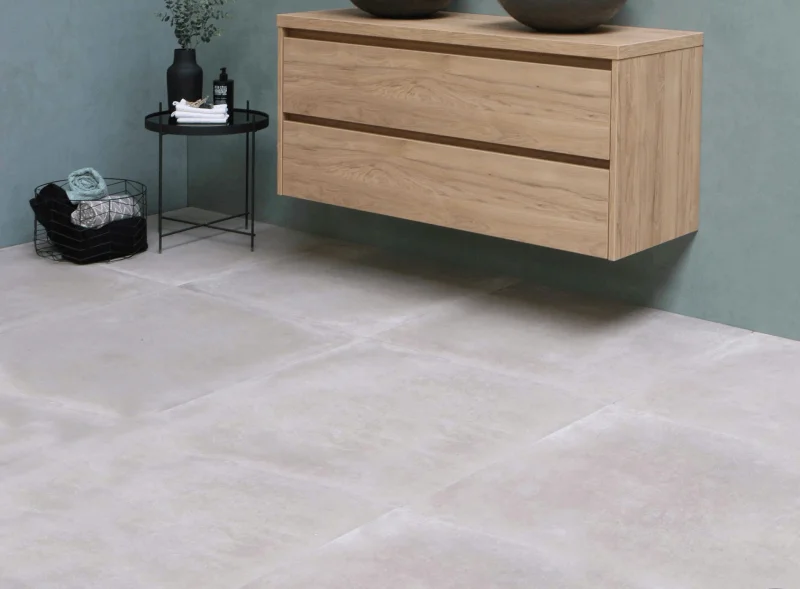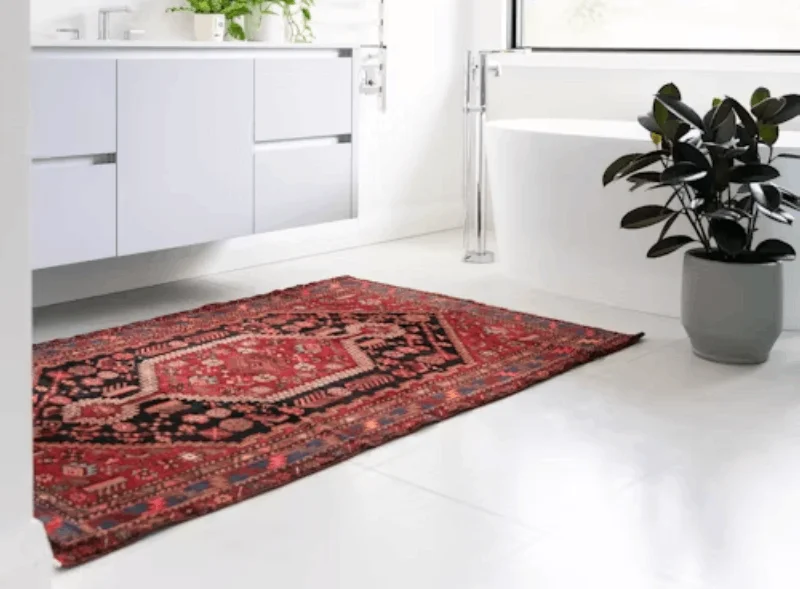How to keep the bathroom floor dry | It’s Easy
Is it becoming too slippery, or are you getting worried about mold? Whatever the reason, it’s important to keep the bathroom floor dry. In this guide, we’re going to show the exact methods that we use and suggest to our customers at Bathroom Fitting Northampton.
Keep Your Bathroom Floor Dry
Keeping your bathroom floor dry is not only essential for preventing slips and falls but also for maintaining the integrity of your flooring and preventing mold and mildew growth. Let’s explore some effective strategies to keep your bathroom floor dry and safe.
Using a Dehumidifier and Exhaust Fan

Humidity is a common culprit for damp bathroom floors. Installing a dehumidifier can help remove excess moisture from the air, reducing the likelihood of condensation forming on surfaces. Additionally, ensure your bathroom is equipped with an exhaust fan to vent out steam and moisture during and after showers or baths.
Opening Doors and Windows
Proper ventilation is key to preventing moisture buildup in your bathroom. Whenever possible, open doors and windows to allow fresh air to circulate and aid in drying out the space. This simple step can significantly reduce humidity levels and keep your floor dry.
Keeping Towels Dry
Damp towels left on the floor can contribute to moisture accumulation. Encourage household members to hang towels on hooks or towel racks after use to allow them to air dry properly. Consider installing additional towel storage if space permits to keep towels off the floor altogether.
Installing a Shower Enclosure
A shower enclosure can help contain water within the shower area, minimizing splashes and spills onto the bathroom floor. Opt for a well-sealed enclosure to prevent water from leaking out and causing puddles.
Related: Cost of bathroom installation and fitting
Selecting the Right Type of Flooring
Choosing the appropriate flooring material for your bathroom can make a significant difference in keeping the floor dry. Non-porous options such as ceramic tile, vinyl, or waterproof laminate are ideal choices as they are resistant to water damage and easy to clean.
Drain Maintenance
Regularly inspect and clean your bathroom drains to ensure they are free from debris and blockages. Clogged drains can cause water to back up and overflow onto the floor, leading to potential water damage and dampness.
Adding a Bathmat
Placing a bathmat outside the shower or bathtub provides a designated area for drying off before stepping onto the bathroom floor. Look for a highly absorbent mat with a non-slip backing to effectively trap moisture and prevent slips.
Conclusion
By implementing these strategies, you can effectively keep your bathroom floor dry and reduce the risk of accidents and water damage. Remember to prioritize proper ventilation, maintain cleanliness, and choose appropriate flooring materials to create a safe and comfortable bathroom environment. Here’s to a dry and delightful bathroom experience!

